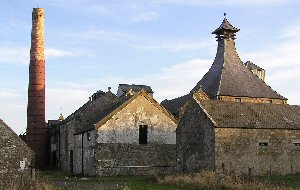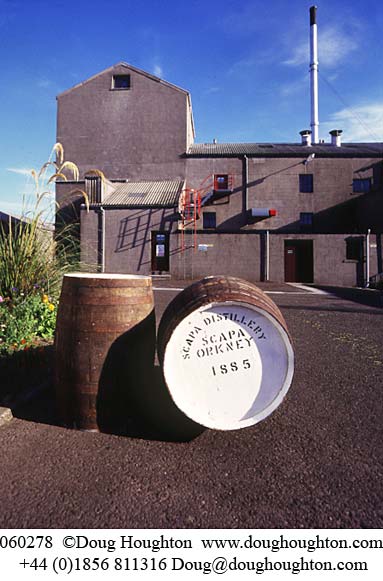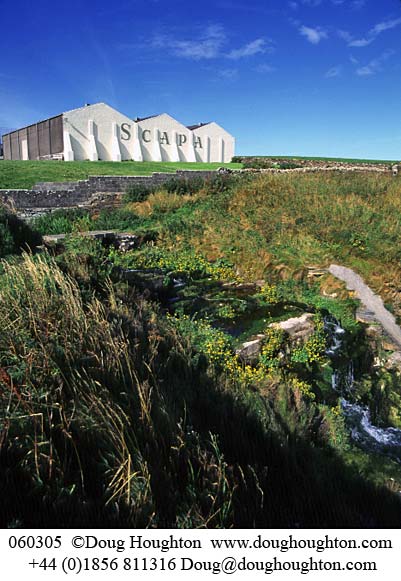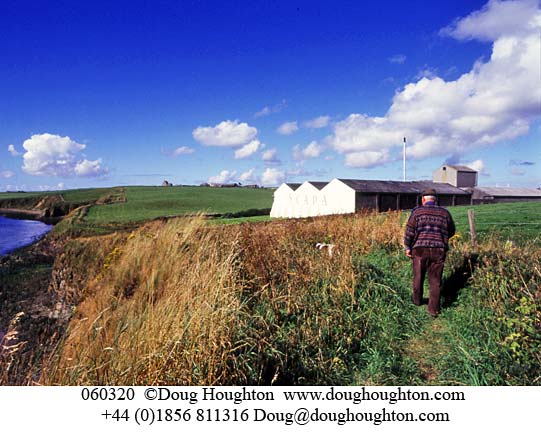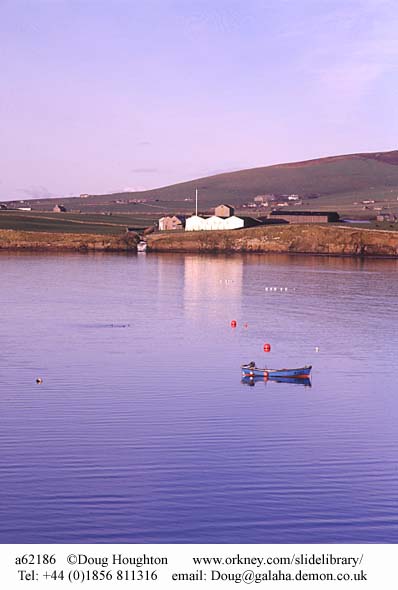The Scotch Malt Whisky Society is a private membership club dedicated to the “discerning appreciation and consumption of the most rare and unique of single malt whiskies; unfiltered, single cask, single malt Scotch whisky”.
The Scotch Malt Whisky Society was formed in 1983 by a small group of Scottish connoisseurs who had discovered the “superiority” of whisky taken straight from the cask. In flavor and, of course, in strength these whiskies are markedly different from the commercially bottled versions, which have been chill-filtered and diluted. This group of Edinburgh whisky drinkers had access to malts of the very highest quality. They purchased for their onw use unusually fine casks which they then bottled without any intervening process of filtration or dilution (as usually happens with bottled spirit). Because the contents of each cask were bottled separately, the individuality of the cask became apparent in the taste of the whisky.
To join the Scotch Malt Whisky Society of America, you must be at least 25 years of age upon payment of the initial membership fee of $179.00, which includes the purchase price of one 750ml bottle of “an extremely rare and unique malt whisky never to be avaliable again”. There is a $35.00 annual fee/subscription and membership is renewable annually on the anniversary of your enrollment.
Members receive regular newsletters listing the current bottlings available to the society. In addition members receive bottling lists and a gift catalog. Membership also entitles members to visit the three main venues of the Society, two in Edinburgh, Scotland (with their headquarters being The Vaults, in Leith, a port of Edinburgh) and one in London, England.
In addition, the Scotch Malt Whisky Society also hosts whisky tastings for members and guests worldwide. There actually was a tasting on 9/29 at the Union Club of Chicago.


